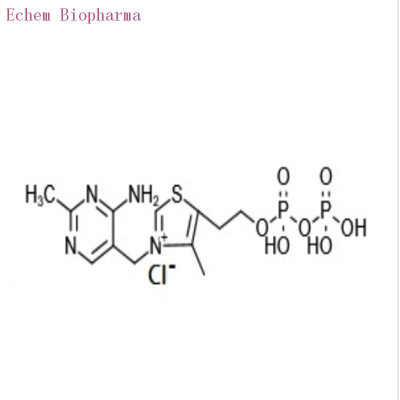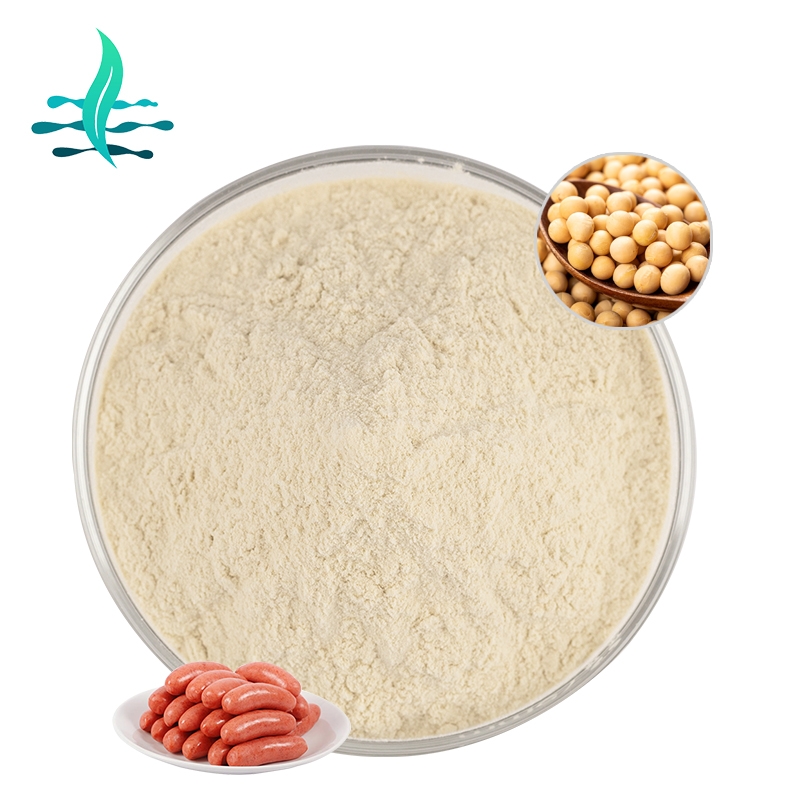-
Categories
-
Pharmaceutical Intermediates
-
Active Pharmaceutical Ingredients
-
Food Additives
- Industrial Coatings
- Agrochemicals
- Dyes and Pigments
- Surfactant
- Flavors and Fragrances
- Chemical Reagents
- Catalyst and Auxiliary
- Natural Products
- Inorganic Chemistry
-
Organic Chemistry
-
Biochemical Engineering
- Analytical Chemistry
- Cosmetic Ingredient
-
Pharmaceutical Intermediates
Promotion
ECHEMI Mall
Wholesale
Weekly Price
Exhibition
News
-
Trade Service
a 2D map of organs labeled with SCOUT technology. Photo Source: Chung Lab/MIT Picower Institute
Using human stem cells to grow brain-like organs, or "mini-brains," to provide scientists with operational experimental models to understand human neurodevelopment and disease. But no two organs are similar, and none are like real brains. This problem hinders the development of science and makes it difficult to realize the quantitative comparison of scientific significance. To help researchers overcome these limitations, neuroscientist and engineers at the Massachusetts Institute of Technology have developed a new method for cleaning, marking, 3D imaging, and rigorously analyzing organs.
this process, known as "single-cell and cell structure analysis of organoids using unbiased techniques" (SCOUT), can extract comparable characteristics from organs, although they are unique. The researchers demonstrated this ability in three case studies in a new paper published in Scientific Reports. In one case study, for example, the team reported new patterns of organ development disruption caused by Zika virus infection, providing new insights into why babies born to mothers infected with the virus develop severe neurological defects.
when dealing with natural tissues, you can re-divide them using standard tissue maps, which makes comparisons easy. "But when each organ has its own unique combination of features, how do you know that the observed variability is due to the model itself rather than the biological question you are trying to answer?" said co-author Alexandre Albanese. We want to eliminate system noise for quantitative comparison. The
also shared their software and protocols on GitHub so that SCOUT could be easily adopted by other labs. By sharing many of the lab's organizational processing, labeling and analytical innovations, researchers hope to accelerate biomedical development.
relevant paper information:







